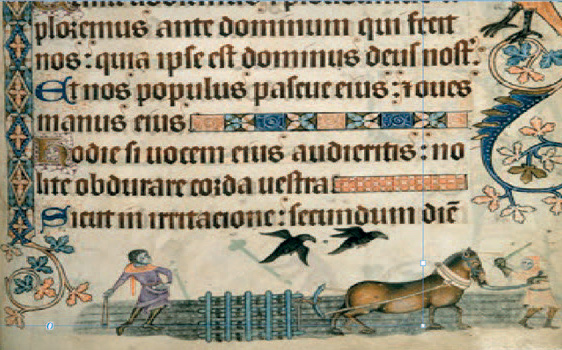Cunning Plan… to teach about environmental history in the medieval period
Teaching History feature

As an undergraduate, following a traditional history course, I was surprised and intrigued, one sunny summer day, to find myself reading about sunspots and studying graphs of solar activity. My reading list for an essay on the social and economic history of the fourteenth century included the work of historians drawing on scientific datasets to theorise the contribution of environmental factors, from climate fluctuations to epidemics, harvest-failure and famine in the fourteenth century.
Fast forward more than a decade, and I regularly found myself teaching pupils, both in Year 7 and at GCSE, about the Black Death, without mentioning sunspots, solar minima or climate fluctuations. In my lessons, the Black Death was a catastrophic but largely unexplained phenomenon which struck the medieval world, divorced from its context in a wider crisis or ‘transition’ period in the early fourteenth century. If we did consider its causes, it was the human causes: the movement of people and goods in migration, trade and conflict. In such an agrarian society, people’s lives were inevitably shaped by changing weather patterns and climatic conditions, over short and long timescales. And yet this was not explored in my teaching of medieval history...
This resource is FREE to all registered users of the website
If you are not already registered you can sign up for FREE Basic Website Access or Join the HA to access this content.

